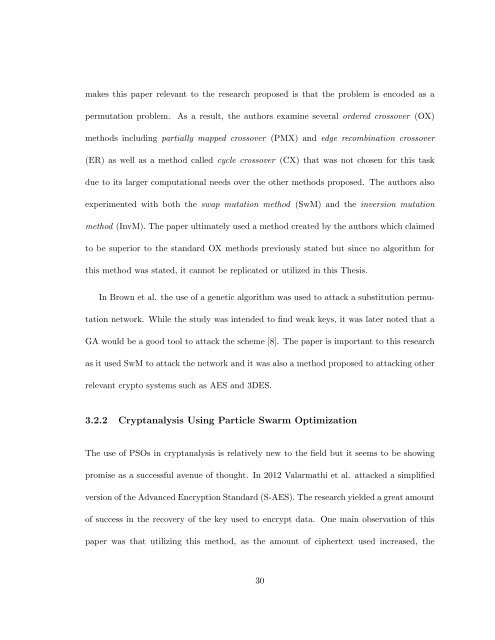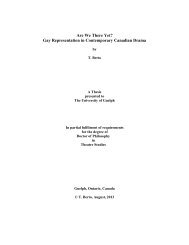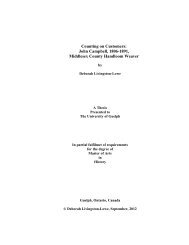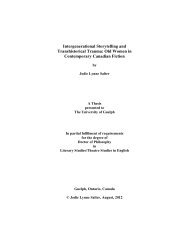Cryptanalysis of the RC4 Stream Cipher using Evolutionary ...
Cryptanalysis of the RC4 Stream Cipher using Evolutionary ...
Cryptanalysis of the RC4 Stream Cipher using Evolutionary ...
You also want an ePaper? Increase the reach of your titles
YUMPU automatically turns print PDFs into web optimized ePapers that Google loves.
makes this paper relevant to <strong>the</strong> research proposed is that <strong>the</strong> problem is encoded as a<br />
permutation problem.<br />
As a result, <strong>the</strong> authors examine several ordered crossover (OX)<br />
methods including partially mapped crossover (PMX) and edge recombination crossover<br />
(ER) as well as a method called cycle crossover (CX) that was not chosen for this task<br />
due to its larger computational needs over <strong>the</strong> o<strong>the</strong>r methods proposed. The authors also<br />
experimented with both <strong>the</strong> swap mutation method (SwM) and <strong>the</strong> inversion mutation<br />
method (InvM). The paper ultimately used a method created by <strong>the</strong> authors which claimed<br />
to be superior to <strong>the</strong> standard OX methods previously stated but since no algorithm for<br />
this method was stated, it cannot be replicated or utilized in this Thesis.<br />
In Brown et al. <strong>the</strong> use <strong>of</strong> a genetic algorithm was used to attack a substitution permutation<br />
network. While <strong>the</strong> study was intended to find weak keys, it was later noted that a<br />
GA would be a good tool to attack <strong>the</strong> scheme [8]. The paper is important to this research<br />
as it used SwM to attack <strong>the</strong> network and it was also a method proposed to attacking o<strong>the</strong>r<br />
relevant crypto systems such as AES and 3DES.<br />
3.2.2 <strong>Cryptanalysis</strong> Using Particle Swarm Optimization<br />
The use <strong>of</strong> PSOs in cryptanalysis is relatively new to <strong>the</strong> field but it seems to be showing<br />
promise as a successful avenue <strong>of</strong> thought. In 2012 Valarmathi et al. attacked a simplified<br />
version <strong>of</strong> <strong>the</strong> Advanced Encryption Standard (S-AES). The research yielded a great amount<br />
<strong>of</strong> success in <strong>the</strong> recovery <strong>of</strong> <strong>the</strong> key used to encrypt data. One main observation <strong>of</strong> this<br />
paper was that utilizing this method, as <strong>the</strong> amount <strong>of</strong> ciphertext used increased, <strong>the</strong><br />
30
















